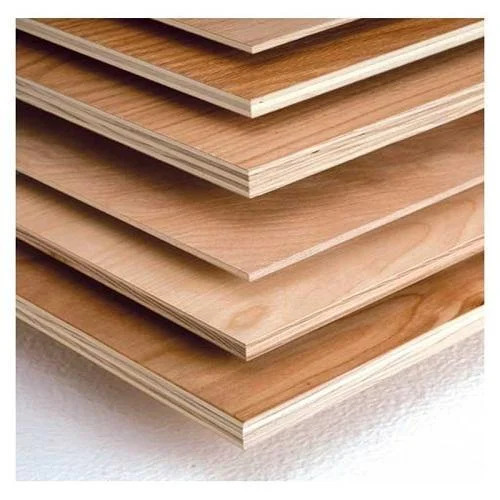WHY WPC DOORS ARE THE FUTURE OF MODERN INTERIORS DURABLE ECO-FRIENDLY AND STYLISH
May 12, 2025
WHY WPC DOORS ARE THE FUTURE OF MODERN INTERIORS DURABLE ECO-FRIENDLY AND STYLISH
Walk into any beautifully designed modern home or commercial space today, and you’ll likely spot a clean-lined, elegant, and sturdy door that fits perfectly into the design narrative. Chances are, that door is not made of traditional wood or metal—but of WPC (Wood Polymer Composite).
Yes, WPC Doors are fast becoming the preferred choice for architects, interior designers, and homeowners alike—and for good reason. In a world that’s moving towards sustainability, smarter construction choices, and aesthetic personalization, WPC is offering a well-rounded solution that simply makes sense.
1. Why Choose Floresta for WPC Doors?
When it comes to investing in quality doors, the brand you choose makes all the difference. Floresta stands out not just for offering WPC products, but for redefining what WPC can do in terms of quality, longevity, and design.
Here’s what sets Floresta apart:
Premium Quality Materials: Floresta uses high-grade materials and advanced manufacturing processes to ensure every WPC door offers maximum durability, termite resistance, and minimal water absorption.
Design Versatility: Whether you're styling a modern loft, a cozy apartment, or a luxury office space, Floresta offers a wide range of textures, finishes, and colours to suit your interior vision.
Eco-Friendly Commitment: At Floresta, sustainability isn’t a buzzword—it’s a principle. The brand emphasizes the use of recyclable and renewable resources, reducing the carbon footprint of your interiors.
Maintenance-Free Comfort: Unlike wood, these doors don’t warp, swell, or crack. That means no repainting, no re-polishing—just install and enjoy for years.
Choosing Floresta isn’t just about choosing WPC Doors—it’s about choosing reliability, style, and innovation for your interiors.
2. Understanding the Composition of WPC (Wood Polymer Composite)
So, what exactly makes WPC so unique? It’s the fusion of natural and synthetic—wood fibres blended with thermoplastics like PVC, and certain additives to enhance strength, flexibility, and durability.
This composite material brings together the best of both worlds:
Wood’s texture and feel: giving the door a natural appearance and finish.
Plastic’s resilience: offering high resistance to water, humidity, and heat.
The result is a door that looks like wood but behaves far better than it in most environments—especially in areas prone to moisture like kitchens, bathrooms, and basements. Traditional wooden doors may look luxurious initially but over time they show signs of weathering, termites, or decay. WPC eliminates all of these concerns.
But it’s not just about performance—WPC doors also support sustainable living. Since they don’t rely on cutting down trees, they are a smarter and more environmentally responsible alternative to conventional wooden doors.
3. Choosing the Right WPC Door Design for Your Space
One of the most exciting aspects of choosing WPC Doors for your home or commercial space is the sheer range of design options. These doors can be crafted to suit minimalistic, traditional, rustic, or ultra-modern design languages.
Here’s how to choose the right one:
a. Match with Your Interior Theme
If your interiors follow a Scandinavian or minimalist theme, opt for neutral-toned or white matte finish WPC doors. For rustic interiors, a woodgrain finish or darker earthy tones can provide the warmth and authenticity you’re looking for.
b. Consider Functionality
Think about where the door will be placed. For wet areas like bathrooms, look for WPC doors that offer enhanced waterproofing and anti-bacterial properties. For main doors or office entries, opt for thicker doors with added strength and solid core technology.
c. Go Bold with Textures & Patterns
Unlike traditional materials, WPC doors can be moulded and finished in countless ways. Whether you want horizontal grooves, 3D patterns, or geometric carvings, WPC allows that creative freedom without compromising structural integrity.
d. Personalisation is Key
Floresta even offers options where you can customise designs, dimensions, and finishes—giving you complete control over your interior look. Want your door to be the focal point of the hallway? Or to blend seamlessly into the wall? You can have it all.
Benefits of WPC Doors You Can’t Ignore
To sum up, here’s why WPC Doors are clearly the future of interior design:
Waterproof and moisture-resistant: No swelling, warping, or rotting.
Termite and Pest Proof: No need for chemical treatments.
Fire Retardant Properties: Offers better safety for residential and commercial spaces.
Low Maintenance: No frequent polishing or repainting.
Sound Insulation: Provides better noise reduction than hollow or plywood doors.
Eco-Friendly: Made using recyclable material, reducing environmental harm.
Real Homes. Real Stories.
Many homeowners and architects who’ve switched to WPC never look back. They often share stories of how these doors have stayed pristine over years, how installation was smooth and hassle-free, and how guests regularly compliment the finish and feel of the doors.
What’s more, in areas with high humidity or unpredictable weather, WPC doors have proven to be much more stable and dependable than wood or metal counterparts.
Final Thoughts
In the world of modern interiors, materials that combine style, function, and sustainability are leading the way—and WPC doors are right at the forefront of this change. They represent a future where aesthetics do not have to be compromised for durability, and where environmentally friendly choices actually perform better.
Whether you're building your dream home or upgrading your workspace, investing in WPC doors means choosing a smarter, longer-lasting, and more elegant solution.
If you're ready to bring innovation into your interiors, choose a name that understands the craft deeply—Floresta. With their unmatched quality, wide design range, and a commitment to sustainability, Floresta is truly shaping the future of modern doors—one space at a time.


